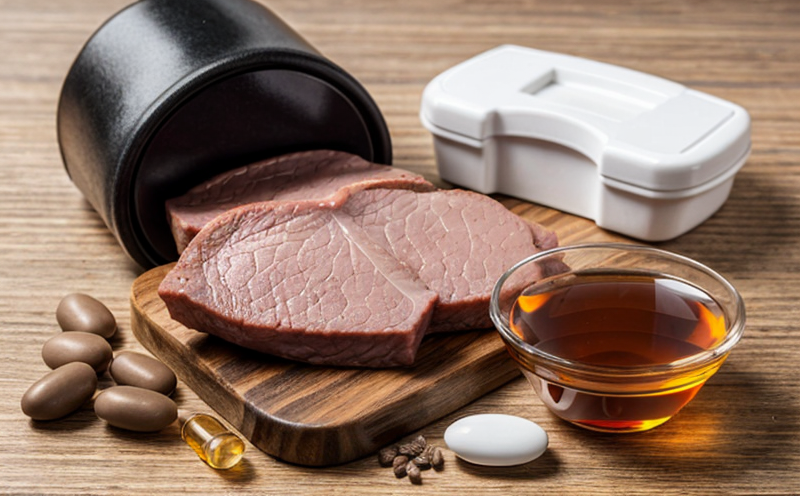Xenobiotic Metabolism Enzyme Testing in Preclinical Veterinary Research
Understanding xenobiotic metabolism is crucial in preclinical veterinary research, especially when evaluating the safety and efficacy of new drugs or chemicals. Xenobiotics are substances foreign to an organism that can be metabolized by its biological systems, including enzymes like cytochrome P450 (CYP), UDP-glucuronosyltransferases (UGT), and sulfotransferases.
The primary goal of xenobiotic metabolism enzyme testing is to determine how these substances are transformed within the body. This process can involve phase I reactions, such as hydroxylation or deamination, catalyzed by enzymes like CYP450s, followed by conjugation in phase II to increase water solubility and promote excretion.
Preclinical studies often focus on evaluating the potential toxicity of xenobiotics. By assessing enzyme activity levels and substrate turnover rates, researchers can predict how an organism will metabolize a compound, which is essential for drug development and toxicology assessments. This information helps in determining safe dosages, understanding interactions with other medications or environmental factors, and identifying potential adverse effects.
Key enzymes involved in xenobiotic metabolism include CYP450 isoforms (CYP1A2, CYP2D6, CYP3A4/5), UGTs, and sulfotransferases. Each enzyme has specific substrates it metabolizes, making it critical to test these pathways comprehensively.
| Enzyme Class | Main Substrates Metabolized | Relevant Assays |
|---|---|---|
| CYP450 Isoforms | Oxygenated drugs, fatty acids, steroids | Induction and inhibition testing with relevant substrates |
| UGTs | Phenols, aromatic amines | Glucuronidation and sulfation assays |
| Sulfotransferases | Aromatic compounds, alcohols | Sulfation reactions |
The methodology involves preparing appropriate liver samples or hepatocytes from species relevant to the research question. Specimen preparation typically includes extraction of cytosolic and microsomal fractions, followed by incubations with xenobiotics under controlled conditions.
- Liver sample collection must be conducted under strict sterile conditions to avoid contamination.
- Enzyme activity is measured using spectrophotometric assays or fluorimetry for specific substrates.
- Results are compared against reference values from databases like the NIH TOXNET database or literature references.
Scope and Methodology
The scope of xenobiotic metabolism enzyme testing in preclinical veterinary research encompasses a wide range of applications, including drug development, toxicological studies, and environmental impact assessments. This section outlines the key aspects that define our comprehensive approach.
| Aspect | Description |
|---|---|
| Liver Sample Preparation | Cytosolic and microsomal fractions are isolated under sterile conditions. |
| Enzyme Assays | Inhibition and induction studies using various substrates. |
| Controlled Conditions | Temperature, pH, and incubation time are optimized for each enzyme class. |
Environmental and Sustainability Contributions
Xenobiotic metabolism enzyme testing plays a vital role in reducing environmental pollution by helping identify safer alternatives to current chemical compounds. By understanding how xenobiotics are metabolized, we can design more environmentally friendly products that minimize bioaccumulation and toxicity.
- Reduction of chemical waste through optimized drug formulations.
- Promotion of sustainable practices by minimizing the environmental footprint of new compounds.
- Incorporation of green chemistry principles in product development processes.
Use Cases and Application Examples
| Use Case | Description |
|---|---|
| New Drug Development | Evaluation of drug metabolism to ensure safe and effective dosing. |
| Toxicological Studies | Identification of potential toxic effects on liver function. |
| Environmental Impact Assessment | Evaluation of xenobiotics in the environment for regulatory compliance. |
- The CYP450 family is particularly important due to its role in drug metabolism. Testing this pathway helps predict interactions and optimize dosing regimens.
- UGTs are crucial for conjugating hydrophobic compounds, making them water-soluble and easier to excrete.





